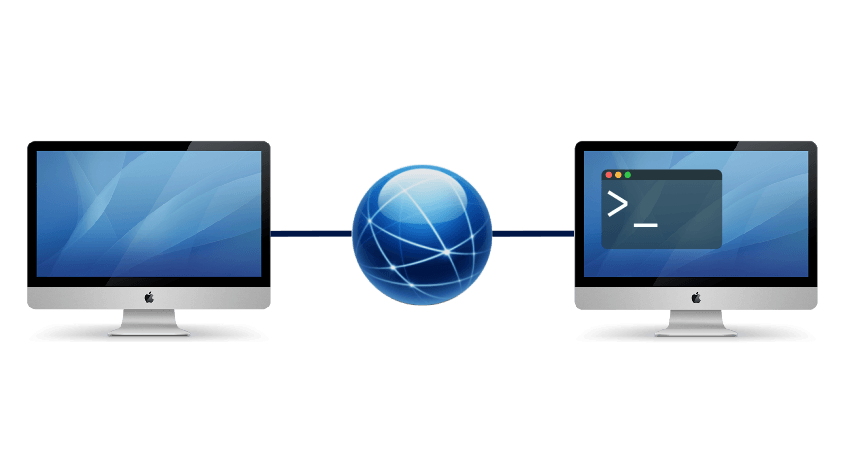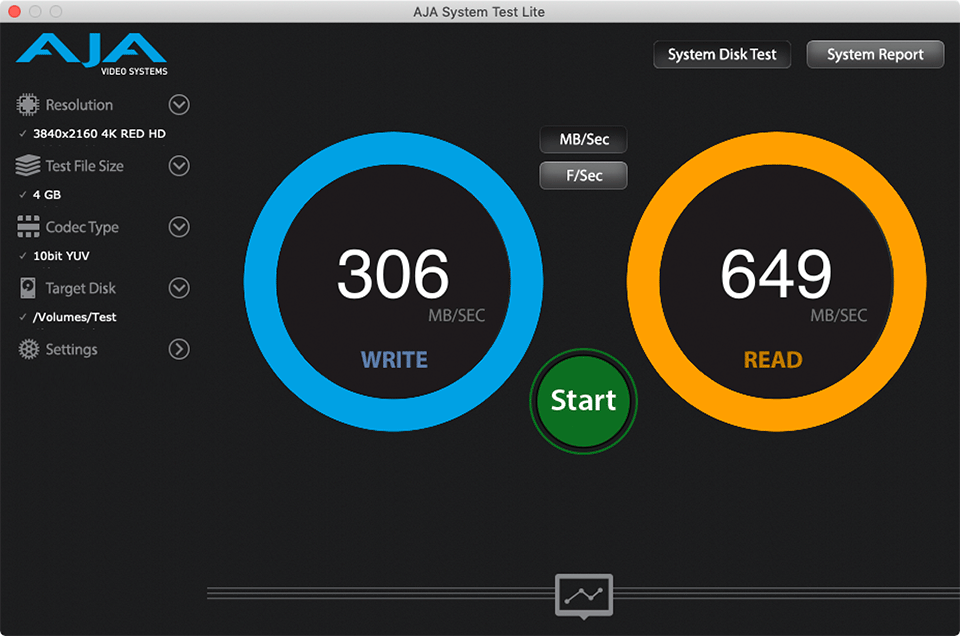

- #CAN'T SSH WTIH SIERRA FOR MAC INSTALL#
- #CAN'T SSH WTIH SIERRA FOR MAC FULL#
- #CAN'T SSH WTIH SIERRA FOR MAC SOFTWARE#
#CAN'T SSH WTIH SIERRA FOR MAC INSTALL#
Don't install Ruby with Homebrew if you need to switch among Ruby versions (use asdf or chruby in this case).įinally, you should know that macOS comes with a system Ruby pre-installed. You can easily remove Ruby after installing with Homebrew (and re-install a newer version when you need it). Use this approach if you are only building a casual project that you will not maintain, or if you are just trying out Ruby to learn the language. If you don't need a version manager, install Ruby using the Homebrew package manager. To keep things simple, don't use Docker for local development unless your application is disturbingly complex. You can also develop locally within a container but it will run slower, require more memory, and adds configuration complexity compared to a simple version manager. As such, it is ideal for creating a "frozen" version of a development environment for deployment to a server.
#CAN'T SSH WTIH SIERRA FOR MAC SOFTWARE#
The primary use case for Docker is to create a reproducible virtual server that contains a configured version of any software dependency needed to run an application (language, databases, message queues). RVM was once the most popular of Ruby version managers but its additional features (gemsets) are no longer needed and add unnecessary complexity.ĭocker is a containerization tool that some developers use for version management. Sam Stephenson's rbenv has a more complex implementation than chruby (it installs extra “shim” files). Rbenv and rvm are also popular as Ruby version managers. Chruby is efficient and simple but it works only with Ruby. Asdf is your best choice because it is a universal version manager that installs and manages Ruby, JavaScript, Python, Elixir, and several other languages. If you need to switch between versions of Ruby, use asdf or chruby. Here are details.Īsdf and chruby are software version managers. Finally, use Docker (or Nix) if you’re on a team with a complex project environment (for example, Ruby, Node, Redis, and PostgreSQL all in one project).

Otherwise chruby or rbenv are fine for just managing Ruby versions. Choose asdf if you're using multiple languages such as Ruby, Node, and Python this makes it a good choice for Rails developers.

If you’re a solo developer and you need to juggle multiple projects that can't be updated all at once, use asdf or chruby or rbenv. Install with Homebrew if you’re building only one project with Ruby (for example, if you are a student learning Ruby). Finally, some developers use Docker, which is a container system that sets up multiple development environments (like having multiple computers with different configurations). You can also install software version managers that install and switch between multiple versions of a language such as Ruby. It can install one (and only one!) version of Ruby (the latest version). Homebrew is a package manager that adds Ruby, other languages, and software packages to the Mac. Here's what I recommend:įirst, understand the difference between Homebrew and software version managers. You have several choices for version managers. Installation choicesīefore you install Ruby, you should choose Homebrew or a software version manager. But you'll also have to set up a JavaScript environment with Node and Yarn, which is required for creating a new Rails application. Setting up your development environment includes checking that macOS is up to date, installing the Xcode Command Line Tools (to add needed Unix utilities), configuring Git (an important tool for save-as-you-go file storage), installing the Homebrew package manager (to add more software packages), and choosing a software version manager for Ruby.Īfter you've prepared your computer and installed Ruby, it's easy to install Rails.
#CAN'T SSH WTIH SIERRA FOR MAC FULL#
This guide provides full details, how to: If you need Ruby but not Rails, follow the guide to Install Ruby on macOS. This guide is for beginners as well as experienced developers setting up a new computer. This article will help you set up a development environment for Ruby on Rails. Up-to-date and kitchen-tested instructions, with troubleshooting tips, from the author of the book, Learn Ruby on Rails. With Ruby 3.0 and Rails 6.1 on macOS Big Sur or Catalina.


 0 kommentar(er)
0 kommentar(er)
